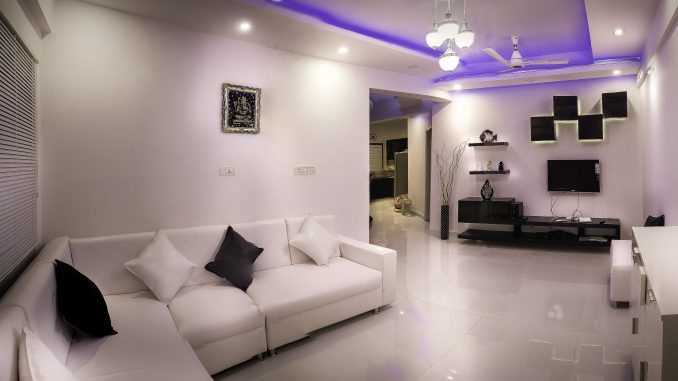
This year, the National Electrical Manufacturers Association (NEMA) released the NEMA LSD 79-2018 Predicted Energy Savings from Lighting Systems, a new whitepaper that provides a systematic framework on how various lighting systems can help commercial properties estimate their electricity consumption based on different recommendations
Based on the whitepaper, the author mentioned in the Purpose how a consumer can assess the efficacy of a lighting control system based on the savings that one can acquire from it.
“While the potential to save energy short term is very clear, a method is necessary to estimate the long-term average savings that can be captured based on the specific efficiency measures selected by a building owner. This paper describes the complexity of this determination and suggests a potential path forward. To be successful utilities must have a method of capturing the portion of those savings that are certain to be achieved. We identify these certain savings by first selecting the proper assumptions up front which will then be used to estimate the potential energy savings associated with a retrofit or new construction project. These potential savings are then further refined based on the specific efficiency measures chosen for the project, which in turn determines the portion of savings that are certain to occur”
NEMA has released a detailed calculation to help consumers assess whether how to maximize their savings by choosing the appropriate lighting control system. Consumers must also put into consideration that the maximum possible lighting energy consumption and the inputs from the lighting controls.
One example is by assessing the overall consumption by looking at the calculated energy savings per year in kilowatt hours, which will then be multiplied by the cost of electricity in that area. This method will help consumers foresee how lighting systems can maximize their savings after the necessary upgrades.
“While the potential to save energy short term is very clear, a method is necessary to determine the long-term average savings that can be captured based on the specific efficiency measures selected by a building owner,” said Dr. Robert Nachtrieb, Lead Scientist, Lutron Electronics Company, and chair of the LSD 79 ad hoc committee. “This paper describes the complexity of this determination and suggests a potential path forward.”
NEMA LSD 79-2018 is available as an electronic download at no cost on the NEMA website. You just have to sign up to their website to get a downloadable version of the new whitepaper.

